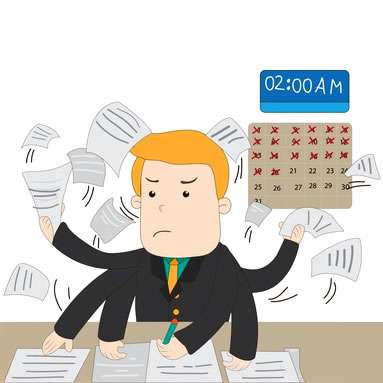Board meetings are a crucial part of the decision-making process in any organization. For this reason, they must be as efficient and effective as possible. In this post, we'll introduce you to the basics of board minute taking and provide tips and tricks for becoming an expert in no time.

First off: what is a board meeting? It's a formal meeting where executives discuss business matters and decide on company direction. They're usually held every month or quarter, depending on the company's needs.
Now, what exactly are board meeting minutes? Board minutes are a record of the proceedings at a board of directors meeting. They contain details of what was discussed, what decisions were made, and who made them. The format and level of detail may vary depending on the organization, but generally, they follow a similar structure.
There are several types of board minutes, including formal (a detailed and formal record), and informal (which summarize the main points discussed). They include vital elements such as the date and location of the meeting, the names of attendees, the agenda, and a summary of the discussions and decisions made.
The person who takes minutes has two main jobs: recording what happens in real-time and also being sure they don't miss anything important. This means making detailed notes so there isn't any confusion when someone reads through them again later (which will happen often).
It's important to remember that board minute taking is a skill that every board member should have. It can be challenging, but with practice and the right tools, it's not as difficult as you may think.
Minute taking is an excellent way to review what was discussed so that you can follow up on any action items or decisions. Here are some tips for effective minute taking:
● Be prepared. Before the meeting, ensure you have all the necessary materials, such as a notebook, pen, and relevant documents. This will help you to stay organized and on top of things while it’s taking place.
● Listen actively. Pay attention to what's being said during the meeting and take notes on key points. This will help you capture important information and keep it accurate.
● Use board management software. This type of software is specifically designed for this job and can be an excellent tool for keeping track of important information and making sure it's organized.
● Use a consistent format. A consistent format for your minutes will make them easier to read and understand. This can include headings for different sections, such as "Attendees," "Agenda," and "Action Items."
● Use bullet points. This will make your minutes more readable and easier to understand.
● Include action items. Make sure you include any tasks or decisions that need to be made afterwards.
● Review and edit. After the meeting, take some time to review and edit your notes. Ensure all the essential information is included and the minutes are easy to understand.
● Distribute the minutes. Share them with all attendees as soon as possible to ensure everyone is on the same page.

Minute taking is not a simple task to perform. It requires you to be attentive and focused and note down all the essential points discussed. It is crucial for those who attend meetings regularly because they help them to prepare for future meetings by reviewing the minutes of previous ones.
By following these effective strategies, you'll be well on your way to becoming a board minute taking expert! With practice and attention to detail, you'll be able to document meetings accurately and efficiently, which will help facilitate effective communication and decision-making within your organization.
























We're always looking for guest contributors to increase the variety and diversity of what we present.
Click to see how you can write for us:

We have hundreds of articles to help you with training, development, business, tech and much more!